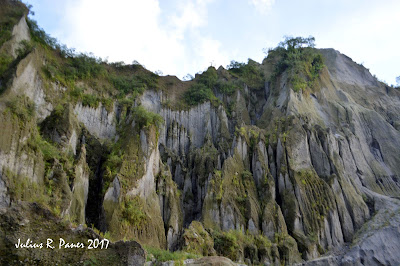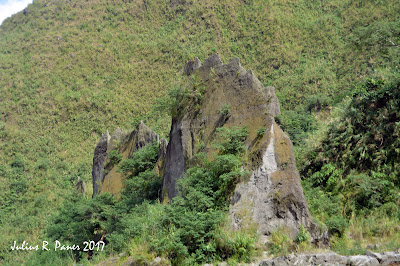I
have not been able to appreciate running in open pavement for quite a while
since I was introduced to trail running five years ago. The road running
experience I had lately in Vietnam, however, gave me a different perception of
racing through the pavement when I participated the Halong Bay Heritage
Marathon on November 25, 2017. I took the 42K category and you might not deem
it factual but believe me, it was only the second time I ran a full marathon in
the road after the 2011 version of Phoenix Marathon in Davao City.
The
Halong Bay Heritage Marathon (HBHM) is one of Vietnam’s most prized foot races where the beautiful scenery of Halong Bay was showcased. The whole course was
relatively flat and all runners were treated with some dose of panoramic
backdrop. The last week of November signals the start of winter in Vietnam and
was perhaps one of the reasons why I succumbed to physical glitch especially in
the last 15 kilometers of the race. Somehow, the beautiful view of Halong Bay
gave me a bit of relief.
Meanwhile,
Halong Bay is worth a destination everybody should visit. Located in the
north-east region of Vietnam, it is an attractive open sea scape consistently
speckled with mixes of small, medium and big rock formations. The bigger ones
have formed into majestic islets while the smaller structures are like milky
ways embedded opposite the clear waters of Halong. The UNESCO has not left
Halong Bay unnoticed as it was declared one of its World Heritage Sites.
With
the very tight schedule I had in Vietnam, I was able to visit few but
interesting sites in Halong with my running buddy Oliver Enot. Just beside the
starting line we dropped by Bao Tang Quang Ninh Museum, a modern structure in
Halong Bay where numerous combat weaponries are exhibited. Of course, who
could forget the costly armed conflict that pitted the communist regime of
North Vietnam and its Southern allies including the United States of America in
the 1970s.
The
cityscape of Halong is also very colourful especially in the evening as
highlighted by the dancing lights of Bai Chay Bridge. From Wyndham Hotel where
we stayed for two nights Bai Chay bridge is very visible. And then we visited
Halong’s wet and dry market where we bought some souvenir items.
After a few walk
through the city streets and hard 42K running I considered Vietnam as another
worthy overseas destination. Once again I am gratified by the help of a very
good friend Pin for giving me this chance to do the things I love doing –
travelling, running and taking pictures. The success of this trip is being
offered to you in compliment to your kindness throughout the decade of knowing
you as a very generous person.








































